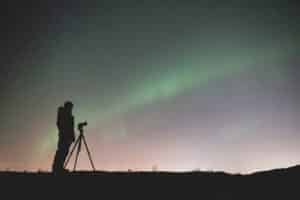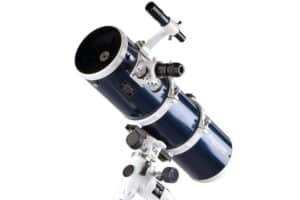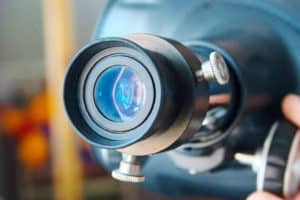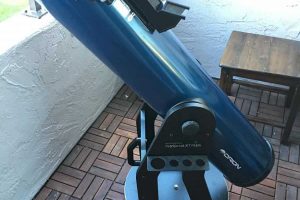As simple as the telescope may look – just two lenses placed in a tube, right? – it had an amazing impact on the world! It allowed us to observe celestial bodies and nebulae thousands of miles away. We gained insight about our place in the galaxy, the laws of physics and future worlds to explore (which we finally got to about 400 years later). Despite the huge impact of this rather simple invention, the person who came up with the first one remains the subject of debate. So, who really invented the telescope? Keep reading to find out!
See also:
The Big Debate
There are multiple theories as to who invented the telescope. The most commonly tossed around figures are, of course, Galileo, Lipperhey, and Digges.
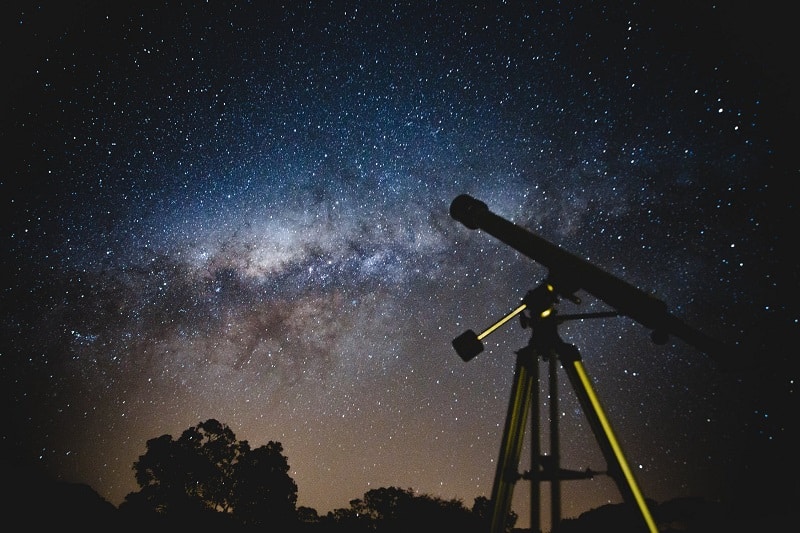
Galileo Galilei
Galileo Galilei, born in Italy in 1564, is one of the greatest scientists that has ever lived. One of his nicknames was even “father of observational astronomy”! It is widely known that he made his own telescope… but did he invent the first one?
We are confident he did not.
Concepts similar to a telescope, such as spyglasses, were common even before Galileo’s lifetime. Much of the work that led to the first telescope came from work done to develop spectacles and other optics by Bacon (c. 1200s) as well as Al-Kindi, Ibn Sahl and Ibn al-Haytham (from around the first millennium.)
What makes Galileo special is that he was among the first people to use the telescope to study the night sky. He discovered the rings of Saturn (unknowingly) and four of Jupiter’s largest moons – Io, Europa, Ganymede, and Callisto. Today, we still call these moons the Galilean moons.
Galileo was also very vocal about his opinions, observations and findings. This made him quite the superstar but also got him in a tight spot with the Church. Since the Church’s strict ideology was that humanity and the Earth were the center of the universe, and that everything revolved around us, Galileo’s ideas contradicted with these teachings.
Considering all of this, it is no wonder that he often comes to mind when you think of the inventor of the telescope. Yet, even though he built upon the idea, immensely used it, and popularized it from an early stage of its invention, that’s not the same as coming up with the concept of the telescope.
Hans Lipperhey
For years, many credited Hans Lipperhey, a Dutch lens grinder and spectacle-maker born c. 1570, as the inventor of the telescope. In October 1608, he filed the patent for a refracting telescope with the States-General in Holland. The patent covered a “Dutch perspective glass” with a magnification around 3x, which he explained was to be used “for seeing things far away as if they were nearby”. The patent gave Lipperhey a strong claim as the investor of the first telescope. However, evidence exists to suggest he was simply quicker to the patent office.
For example, Girolamo Sirtori reported in 1609 that Lipperhey had a customer who had ordered lenses and, when picking them up, held them up to try them in combination. This suggests Lipperhey got the idea from someone else. Others in Holland also filed patents for telescopes around the same time as Lipperhey (including Zacharias Janssen and Jacob Metius). Records further indicate that the English were using telescopes to study the lunar surface only a few months later. This all suggests that the principles and mechanisms for a telescope were understood and circulating before Lipperhey filed his patent.
Leonard Digges
While Lipperhey holds the earliest patent, Leonard Digges has the best claim to what “really” happened. Digges, an English mathematician and surveyor, invented the theodolite and wrote extensively on cartography, surveying, and military engineering.
In Pantometria (1591), Leonard’s son, Thomas Digges – an accomplished scientist himself, wrote about another invention of his father. That invention allowed Leonard to observe “the quantities, distances, courses, and strange intricate miraculous motions of these resplendent heavenly Globes of Sun, Moon, Planets and Stares.” Thomas described the use of refraction and reflection, convex and concave glasses, angles and frames to see the “image of every Towne, Village, etc.” and cause any “peculiar house, or roume thereof” to dilate and show itself in ample form… Sounds like a telescope, doesn’t it?
Other contemporaneous sources support Thomas’ account. These include writings by Digges’ colleagues (e.g., William Bourne) and a report commissioned by Lord Burghley, adviser to Elizabeth I, to assess the invention for military use. The verified accounts, together with Thomas’ own account of the instrument being used to investigate the heavens, persuades us that Leonard Digges likely created a reflecting and/or refracting telescope and observed the universe with it. This would have occurred sometime between the years of 1540-1559, long before Lipperhey and Galileo, not to mention Newton and Cassegrain, came on the scene.
Our View: Leonard Digges Has the Best Claim to Being First
This view is not without its detractors, however. The main arguments against Digges suggest that his design was too awkward and impractical, and/or rely on the patent filed by Lipperhey. And, some argue that Lipperhey invented the first “working” telescope.
We nonetheless take the view that, regardless of commercialization and formal legal processes, the evidence supports Digges having come up with the concept first. He put it into practice and observed the stars around 50 years before anyone else.
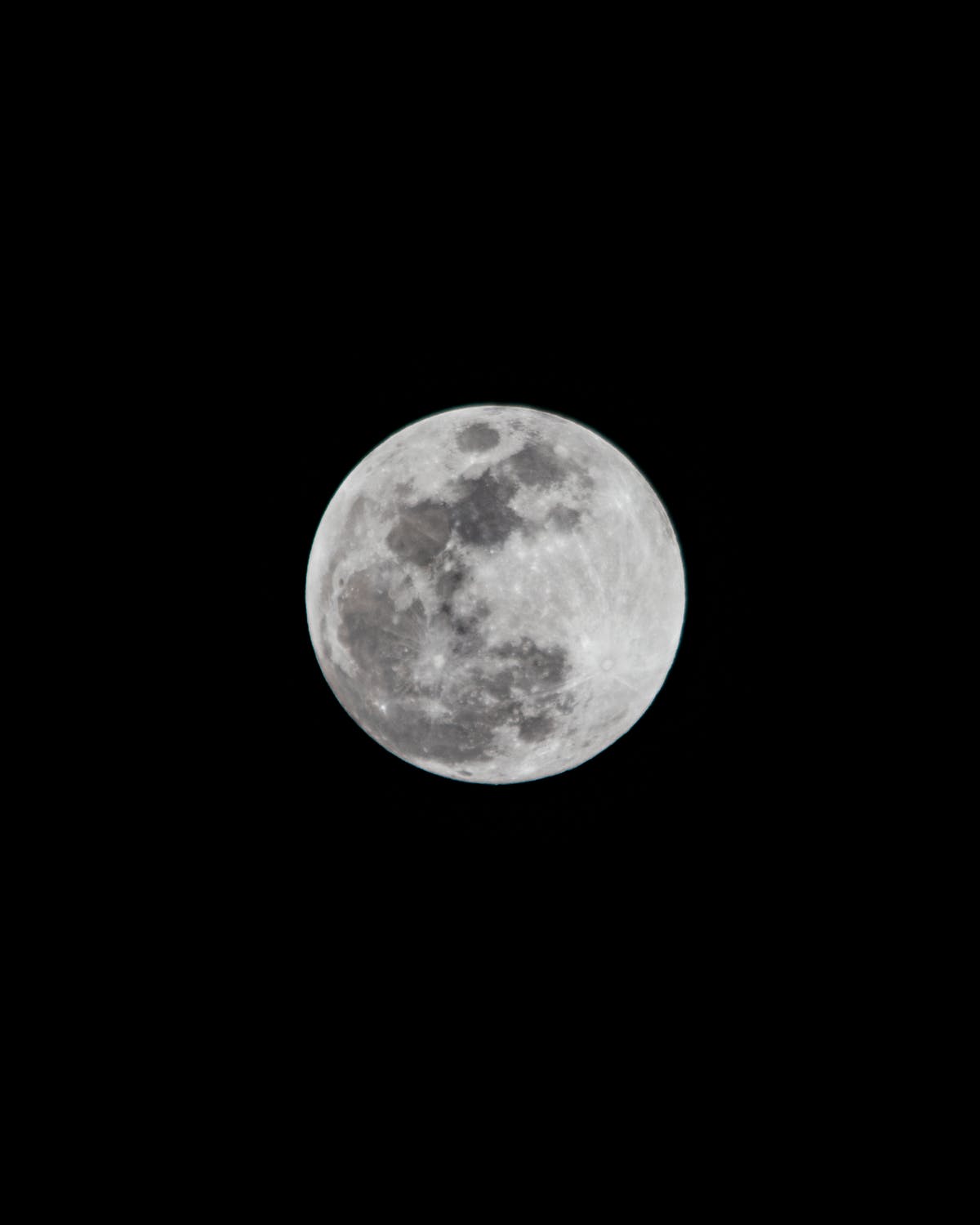
What About Other Types of Telescopes?
Who Invented Refracting Telescopes?
As we mentioned above, we think Leonard Digges has a great claim to being the first to experiment with reflecting and refracting telescopes. However, the Dutch spectacle-maker Hans Lipperhey first patented the refracting telescope. Galileo also used and improved on this design, increasing magnification up to 20x.
Regardless of the inventor, refracting telescopes have a major weakness. Since they focus different wavelengths of light into a single point, they can sometimes cause chromatic aberration (also known as color fringing). While modern telescopes have ways to mitigate this, it presented a major challenge in the early days of telescopes that prompted scientists to explore improvements.
Who Invented Reflecting Telescopes?
Sir Isaac Newton invented the first reflecting telescopes (putting Digges’ claim aside for the moment) in the 17th century because he became so frustrated by the chromatic aberration problem in the refracting telescopes. Instead of a lens for its aperture, he used a mirror to reflect the light and thus eliminated the chromatic aberration problem. The Newtonian reflector remains a popular telescope design even today, although alignment of the various mirrors (i.e. collimation) presents its own challenges. The ultra-popular dobsonian telescope design is really a Newtonian reflector.
Who Invented Modern Telescopes?
The 20th century witnessed the rise of many great technological advancements in almost every scientific field, including the field of astronomy. As our technology and tools evolved and progressed, our telescopes did, too. No single person invented modern-day telescopes, but rather, it took a collective effort by many great scientists. The work of so many people, built on the centuries of progress, led to some important and groundbreaking telescopes.
The Hubble Space Telescope

The Hubble Space Telescope, a Cassegrain telescope built in 1990, was the first ever optical telescope to be put into space. Placing the telescope in orbit around the Earth allows it to sit above the air pockets in the atmosphere that distort and block wavelengths of light. This makes the images that it can capture truly amazing and clear. The Hubble Space Telescope uses a 94.5-inch primary mirror and a 12-inch secondary mirror, which focuses the light back through a hole in the primary mirror to scientific instruments. It orbits the Earth at a whopping 17,000 mph every 95 minutes. The team that invented the telescope named it after the famous astronomer, Edwin Hubble, who made invaluable contributions to the field of astronomy.
The Kepler Space Telescope
The Kepler Space Telescope, launched into space on March 7, 2009, was another optical telescope, specifically a Schmidt telescope, that made use of a reflective mirror as well as a camera. NASA nicknamed it the “First Planet Hunter”, and for good reason. The Kepler Space Telescope detected 2,662 planets during its 9.5 years of service between 2009 and 2018. This includes many exoplanets similar to Earth.
Radio Telescopes
Radio telescopes, like the famed Arecibo Observatory in Puerto Rico (recently closed), are a completely different type of telescope than the optical versions we’ve been discussing. They gather information from the electromagnetic spectrum, specifically radio waves, using directional radio antennas with large dishes rather than lenses or mirrors. Radio telescopes collect and study radio frequencies emitted by astronomical objects, just as optical telescopes collect light waves. Radio telescopes work very well at observing and detecting energetic astronomical objects such as pulsars and quasars, as well as galaxies, nebulae and planets that emit radio waves.
Final Thoughts | Who Invented the Telescope
The invention and development of the telescope involved many great scientific minds. Whether you take Digges, Lipperhey or someone else as the inventor of the telescope, getting us where we are today required a collective and incremental effort. The telescope has evolved throughout the years. And it will continue to do so as new technologies emerge and allow us to better observe our universe.
(Also, if you liked this article, please share it using the social media buttons below!)
Feature Image Credit: DNY59 / iStock
Sources
- https://www.sciencedirect.com/science/article/pii/016093279290008D
- https://www.sciencefocus.com/space/who-really-invented-the-telescope/
- Watson, Fred. (2004). Stargazer – the Life and Times of the Telescope. Stargazer: the life and times of the telescope, by F. Watson. Crows Nest, Australia : Allen & Unwin, 2004.
- The history of the telescope Henry C. King, Harold Spencer Jones Publisher Courier Dover Publications ISBN 0-486-43265-3, ISBN 978-0-486-43265-6.
- “Reflecting telescopes: Newtonian, two- and three-mirror systems”. Telescope-optics.net. Retrieved 2013-08-01.
- Marr, Jonathan M.; Snell, Ronald L.; Kurtz, Stanley E. (2015). Fundamentals of Radio Astronomy: Observational Methods. CRC Press. pp. 21–24. ISBN 978-1498770194.
- The inventor of the telescope, Doberck, W., The Observatory, Vol. 2, p. 364-370 (1878), available at http://adsabs.harvard.edu/full/1879Obs…..2..364D

